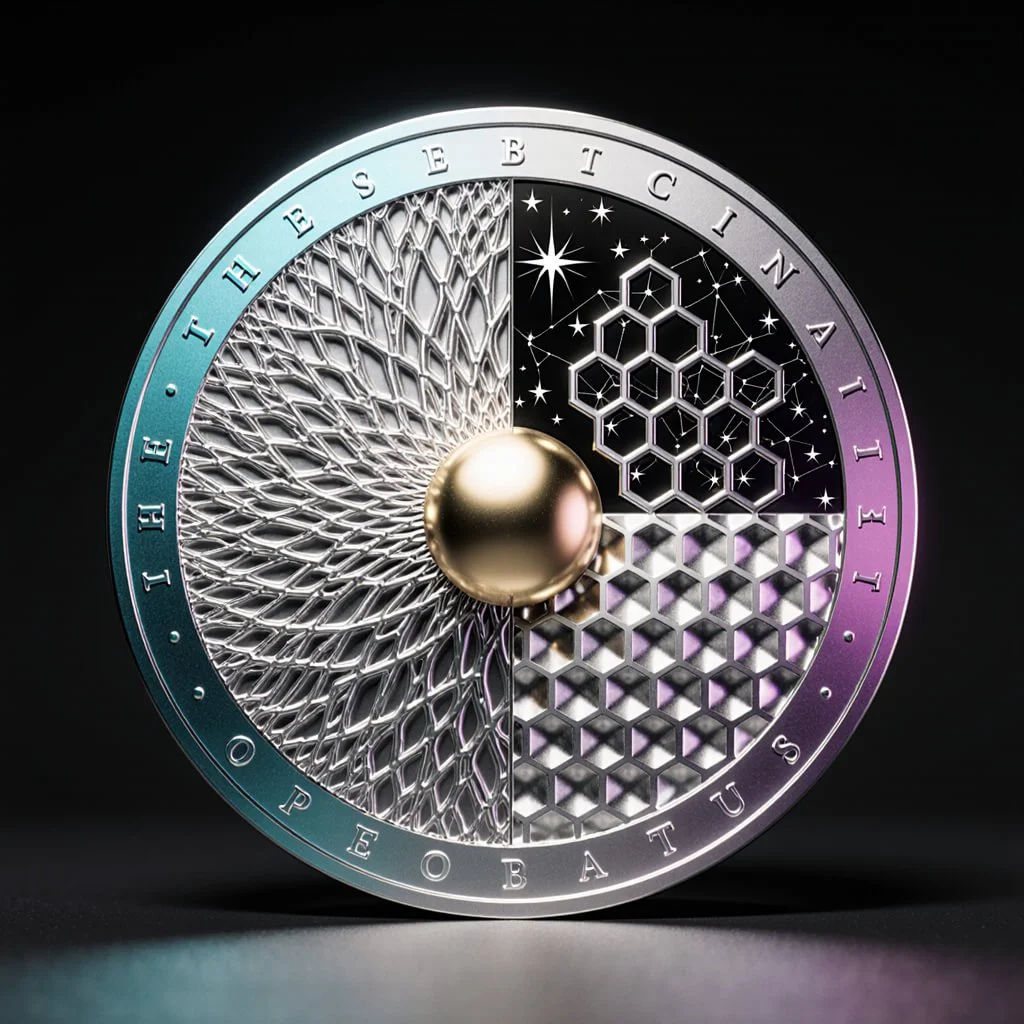The Sacred Turtle in Mayan Symbolism: Myth, Meaning, and Archaeological Evidence
In the hushed embrace of twilight, a small group of intrepid explorers gathered around a crackling campfire on the outskirts of the Yucatan jungle. Their eyes danced with curiosity as they listened to the soft rustling of leaves and the distant calls of nocturnal creatures.
Among them was Maria, an archaeologist with an insatiable thirst for uncovering the secrets of the Mayan civilization. Beside her sat Eduardo, a seasoned anthropologist, who had spent years immersed in the rich tapestry of Mayan culture.
"Maria, have you ever come across any references to the turtle in Mayan symbolism?" Eduardo asked, his eyes glinting with intrigue.
Maria paused for a moment, her gaze drifting towards the distant canopy. "Indeed, Eduardo," she replied, "The turtle holds a fundamental place in Mayan cosmology. Archaeological evidence shows it was far more than symbolic—it was the very foundation of their understanding of creation itself."
What Does the Turtle Represent in Mayan Culture?
The turtle in Mayan symbolism represents multiple interconnected concepts that formed the cornerstone of their worldview.
Archaeological evidence from Classic Maya sites (AD 250-900) reveals that turtles symbolized (Miller & Taube, 1993):
The Earth and Creation
The most significant meaning attributed to turtles in Mayan culture was their role as the earth itself. According to Mayan creation mythology, the earth was conceived as a turtle floating in the primordial waters of creation (Hellmuth, 2011). This "earth turtle" concept appears throughout Mayan art, from ceramic vessels to temple murals, depicting the world as resting on the back of a massive turtle.
Water and Fertility
Turtles were intrinsically connected to water in Mayan belief systems. As aquatic creatures, they represented fertility, agricultural abundance, and the life-giving properties of water. Archaeological evidence suggests that turtle imagery was particularly prevalent during agricultural ceremonies and rituals related to the rainy season.
Rebirth and Renewal
One of the most fascinating aspects of Mayan turtle symbolism is its connection to rebirth and renewal. The turtle shell served as a powerful metaphor for the cyclical nature of life, death, and resurrection in Mayan cosmology.
The Maize God and Turtle Shells: Archaeological Evidence
As the moon climbed higher in the sky, its silvery glow casting an ethereal light on the campsite, the group delved deeper into the mystical symbolism of the Mayan turtle. Eduardo leaned forward, his eyes gleaming with excitement, and began to share archaeological discoveries that had revolutionized understanding of turtle symbolism.
"One of the most significant discoveries in Mayan archaeology," Eduardo began, "is the repeated depiction of the Maize God emerging from a turtle shell. This imagery appears on ceramic plates from the Late Classic Period, dating to AD 680-750" (Finegold, 2021).
Maria's eyes widened with wonder. "The ceramic plate in Boston's Museum of Fine Arts, known as the 'Resurrection Plate,' is particularly striking," she added, referencing the scholarly evidence. "It shows the Maize God emerging from the earth, symbolized by a turtle shell, with elements underneath representing the primordial sea" (Finegold, 2021).
Turtle Symbolism in Mayan Art and Architecture
"The archaeological record reveals turtle imagery throughout Mayan civilization," Lucia, an ethnobotanist, interjected as she joined the conversation. "From the murals of Bonampak to the decorative elements at Uxmal, turtles appear consistently across time and geography" (Hellmuth, 2011).
Where Do We Find Turtle Imagery in Mayan Sites?
Archaeological evidence of turtle symbolism appears in multiple contexts (Hellmuth, 2011; Miller & Taube, 1993):
Mayan Codices: Turtle imagery appears in various codices, including the Madrid Codex, where they're associated with rain and fertility rituals
Bonampak Murals: The famous murals contain turtle imagery connected to ceremonial and astronomical events
Uxmal Architecture: The Puuc-style structures at Uxmal feature turtle decorations, suggesting their importance in architectural symbolism
Ceramic Art: Countless ceramic vessels from the Classic Period feature turtle motifs, often in connection with water and fertility themes
God N and Turtle Shells
Archaeological artifacts, such as the Jaina-style figurine in the Denver Art Museum, depict God N (also called Pauahtun) emerging from turtle shells. This deity, known as one of the supporters of the world, wore turtle shells as headdresses, reinforcing the connection between turtles and cosmic support.
The Cosmic Turtle: Foundation of the Maya World
As the first rays of dawn painted the horizon in hues of gold and amber, the group embarked on a journey to explore a secluded Mayan temple deep within the heart of the jungle. The air was infused with a palpable sense of reverence as they ascended the ancient stone steps, their eyes drawn to intricate carvings that adorned the temple walls.
Upon reaching the temple's summit, they stood before a grand mural that depicted the celestial dance of creation, and at its center, an awe-inspiring portrayal of the Mayan turtle carrying the world upon its back.
How Did the Maya View the Turtle's Role in Creation?
The Maya conceived of the turtle as literally supporting the world. This wasn't merely metaphorical—archaeological evidence suggests the Maya believed the earth rested on a turtle's back as it floated in the cosmic waters (Miller & Taube, 1993). This concept, known as the "earth turtle," appears in:
Temple murals showing the turtle supporting the world tree (ceiba)
Ceramic depictions of the turtle as the foundation of existence
Codex illustrations connecting turtles to cosmic stability
The kapok tree (Ceiba), sacred to the Maya, was often depicted growing from the turtle's back, representing the axis mundi or world tree that connected the underworld, earth, and heavens (Miller & Taube, 1993).
Turtle Shells as Sacred Objects and Practical Tools
Archaeological evidence reveals that turtle shells served practical as well as symbolic purposes in Mayan society:
Musical Instruments
Turtle shells were commonly used as drums and percussion instruments. Scholars believe these instruments were used to imitate thunder and heavy rain, connecting the turtle's symbolic association with water to actual ceremonial practices.
Ceremonial Altars
Research shows that turtle shells were sometimes used as ceremonial altars, particularly in rituals related to agricultural fertility and water ceremonies.
Symbols of Wealth and Status
Beyond their spiritual significance, turtles and turtle shells served as symbols of wealth and power in Mayan society. Archaeological evidence from elite burials often includes turtle-related artifacts, suggesting their importance in social hierarchy (Maya-Ethnozoology, n.d.). Additionally, turtle shells were used as musical instruments, particularly drums that were believed to imitate thunder and rain, connecting their symbolic association with water to ceremonial practices (Miller & Taube, 1993).
Water, Healing, and Transformation
As the day waned, the explorers found themselves drawn to the edge of a shimmering cenote, a sacred pool of crystal-clear water tucked away amidst the jungle foliage. The Mayan turtle's connection to water and its transformative symbolism beckoned them to explore deeper meanings.
What Role Did Turtles Play in Mayan Healing Practices?
Archaeological and ethnographic evidence suggests turtles played significant roles in Mayan healing and transformation rituals:
Rain Ceremonies: Turtles were believed to weep when there was drought, and their tears brought rain
Fertility Rituals: The turtle's connection to water made it central to fertility ceremonies
Underworld Connections: As creatures that could move between water and land, turtles were seen as messengers between the earthly and underworld realms
The Turtle as a Guide Between Worlds
The Maya believed turtles served as psychopomps—guides for souls traveling between the world of the living and the realm of the dead. This belief is evidenced in:
Burial artifacts featuring turtle imagery
Murals depicting turtles in scenes of death and rebirth
Codex illustrations showing turtles as carriers of souls
Modern Understanding and Archaeological Discoveries
Recent archaeological discoveries have enhanced our understanding of turtle symbolism in Mayan culture:
New Findings
Excavations at various Maya sites continue to reveal turtle-related artifacts
Advanced analysis of ceramic iconography has revealed previously unknown connections between turtles and astronomical events
Epigraphic studies of Mayan texts have provided new insights into the linguistic connections between turtles and creation myths
Continuing Research
Modern archaeologists use advanced techniques to study turtle symbolism:
3D imaging of carved turtle shells
Chemical analysis of turtle-shell artifacts
Comparative studies across different Maya sites and time periods
The Enduring Legacy of Mayan Turtle Symbolism
As the stars emerged in the celestial canopy above, the explorers found solace in understanding how the ancient Maya wove turtle symbolism throughout their civilization. The archaeological evidence reveals that turtles were not merely symbolic creatures but fundamental to Mayan cosmology, agriculture, and spiritual practice.
Key Takeaways About Turtle Symbolism in Mayan Culture:
Foundation of Creation: The turtle served as the literal foundation of the world in Mayan cosmology
Agricultural Significance: Turtle imagery was central to agricultural ceremonies and the worship of the Maize God
Water and Fertility: Turtles represented the life-giving properties of water and agricultural abundance
Rebirth and Renewal: The turtle shell symbolized the cyclical nature of life, death, and resurrection
Cosmic Support: Deities like God N were depicted with turtle shells, emphasizing their role in supporting the universe
The archaeological evidence demonstrates that turtle symbolism in Mayan culture was far more complex and fundamental than previously understood. From the cosmic turtle supporting the world to the intimate connection between turtle shells and the Maize God's rebirth, these ancient symbols reveal a sophisticated understanding of natural cycles, cosmic order, and the interconnectedness of all life.
As we continue to study Mayan civilization through new archaeological discoveries, the turtle remains a powerful symbol that bridges the ancient and modern worlds, reminding us of the enduring human need to understand our place in the cosmos and our relationship with the natural world.
References
Finegold, A. (2021). Vital voids: Cavities and holes in Mesoamerican material culture. University of Texas Press.
Hellmuth, N. M. (2011). Sacred turtles in Mayan art and iconography. Revue Magazine. Foundation for Latin American Anthropological Research.
Maya-Ethnozoology. (n.d.). River turtles are edible, and are often portrayed in Classic Mayan art, on ceramics especially. Retrieved from https://www.maya-ethnozoology.org/
Miller, M., & Taube, K. (1993). The gods and symbols of ancient Mexico and the Maya. Thames and Hudson.
Taube, K. A. (1992). The major gods of ancient Yucatan. Studies in Pre-Columbian Art and Archaeology, Vol. 32. Dumbarton Oaks Research Library and Collection.







